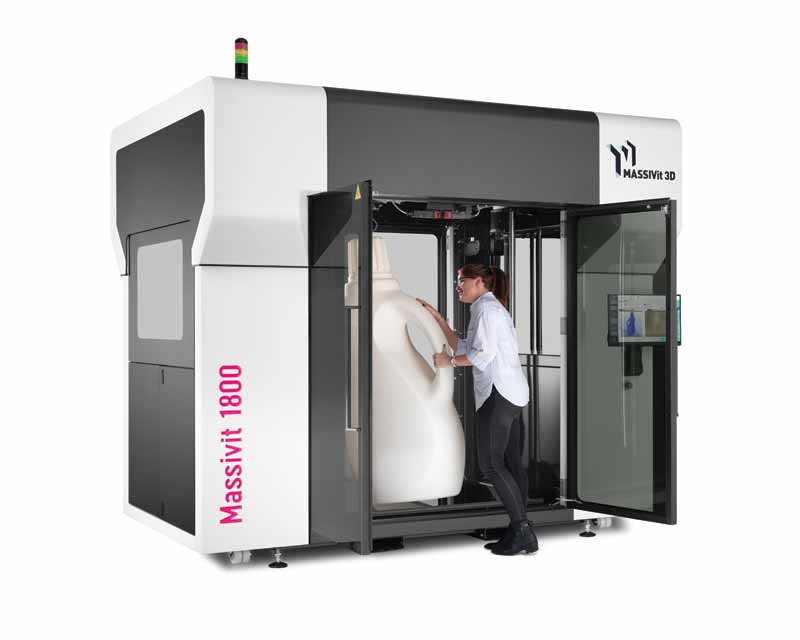We use it extensively as a manufacturing startup, so I have no idea how useful it is in a sign shop. I have 3 printers - Markforge Onyx Pro + two Dremel 3D45. The Markforge was purchased about 2 years ago and was mainly used for prototyping and tooling as the material is very expensive $190/kg. We have the mid-tier version that can reinforce with fiberglass, so its very versatile for functional parts. The Dremels are relatively recent but have had more material run through them in the few months I've had them than the Markforge since generic material is very cheap. I live near Microcenter, and surprisingly good quality ABS/PLA is only $15/kg from them. I've integrated 3D printing into our production by making a few small components that would cost thousands of dollars for traditional tooling each. We have a low volume / high value product so the speed is not an issue, but QC sometimes keeps me up at night since a lot factors can affect the quality/strength of a print.
Since I have a lot of 3D modeling experience and experience designing parts for the process, I'm able to get a lot out of the technology. But if you are starting from scratch, it's an extremely long learning process and not one that I would recommend starting unless you already have a passion for tinkering (in which case you probably already have a printer). You're better off hiring a mechanical engineering or industrial design student, which are actually pretty easy to find. I am amazed at how far the technology has come as we were using Stratasys 768's back when I was in design school, which are 300lbs, cost $30k new, used consumable build plates and $260/kg of plain ol ABS. Today I can get comparable parts from my $1000 Dremels and far superior parts from my Markforge. If you want plug-and-play, Markforge is the only company I would recommend. But since their material is so expensive, its almost certainly too expensive for production (except for small brackets and odd parts). If you want to print with dirt cheap generic material, you will have to learn a lot about servicing the machine and learning how to dial in the settings and troubleshoot.
So like many things, its a powerful tool if you have the requisite skills, but its not going to be the next big household appliance. The biggest change is that good-enough equipment is now very affordable.

